






















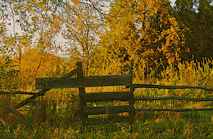
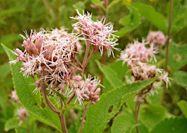
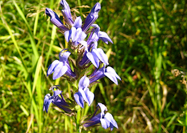




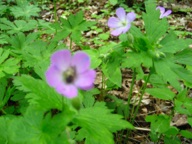
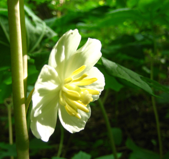
![Prior to pioneer settlement, tribes of native people occupied the Rice lake area for thousands of years. As related in Gore’s Landing and the Rice Lake Plains, “until the first wave of mass immigration into the northern hinterlands in 1825 ... [v]ery few Europeans had penetrated the Rice lake region since Champlain’s journey in 1615 ...”. In 1832, Catharine noted that “there were not more than five or six settlers” on the plains.
(Above right) Sharon and heritage tour visitors enjoy the views from the site of an ancient Indian trail which followed the escarpment overlooking Rice Lake and the mouth of the Otonabee. The fictional children in Canadian Crusoe followed a similar route in their discovery of Mount Ararat.](A_walk_files/shapeimage_31.png)
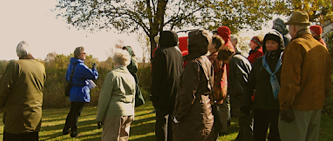



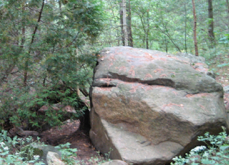
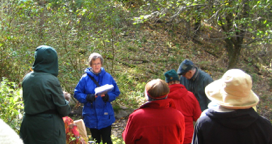



CANADIAN CRUSOES: A Tale of The Rice Lake Plains (1852)




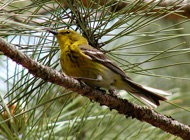
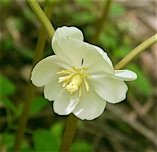
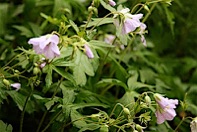
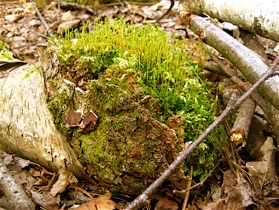

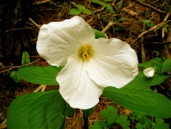
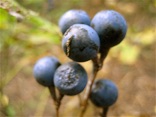
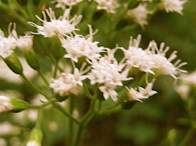
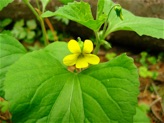
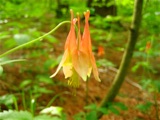


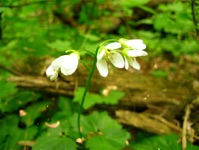

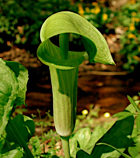
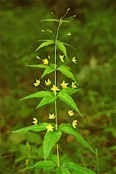


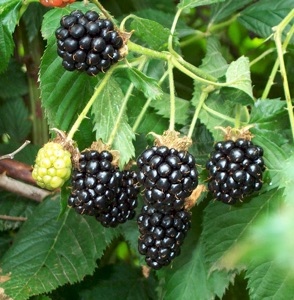


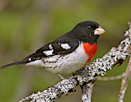
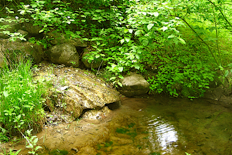

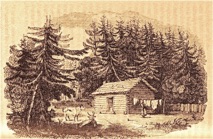
Spotted Joe-Pye-weed
Whorled Loosestrife
Great Blue Lobelia


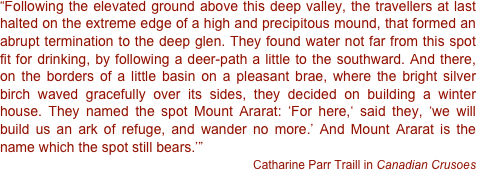
White-tailed Deer
Scarlet Tanager
Wood Thrush
Watercress
Rose Breasted Grosbeak
Highbush Cranberry

Acorns
Northern Bobwhite
Blackberries
A granite erratic left by the receding glacier
Columbine
Toothwort
White Trillium
May Apple
Cranesbill
Blue
Violet
Yellow Violet
Jack-in-the-pulpit
White Snakeroot
Blue Cohosh Berries
Wild Leek Flower

May Apple Fruit






